Did You Know?
Sharda is home to the ancient Sharda Peeth Temple which is believed to be constructed in 8th century CE
34°47'33.5"N 74°11'19.3"E
Sharda is home to the ancient Sharda Peeth Temple which is believed to be constructed in 8th century CE
The Best Time to Visit Azad Kashmir Region is Summers. Preferably from April to September. Winters are Extremely Cold and Snowfall blocks most of access. Hence Winters are not recommended.

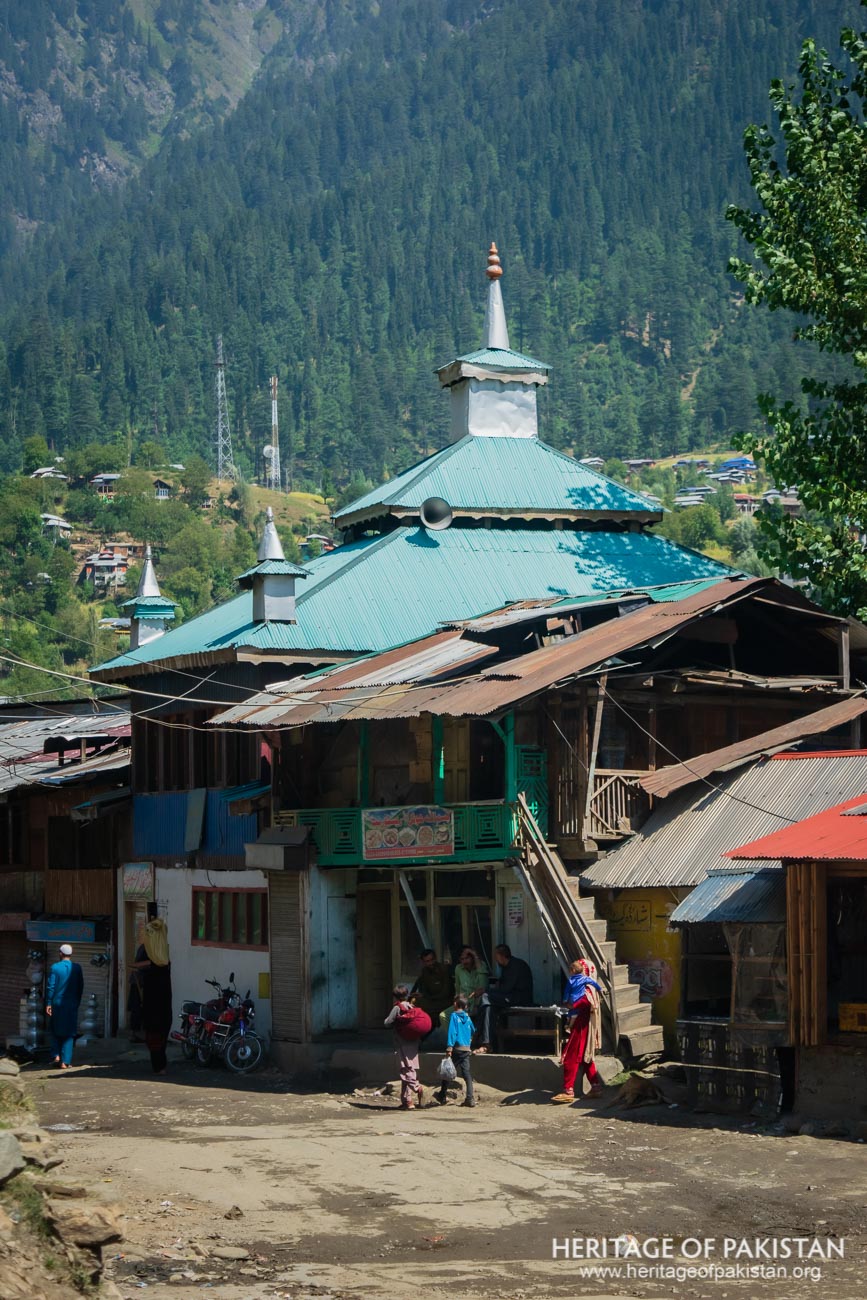
Sharda is a beautiful small town and hill station in Neelum Valley, Azad Kashmir. It is also one of the tehsils of Neelum District. Situated at an elevation of 1,856 meters (6,092 feet) above sea level, it lies 37 km from Keran and approximately 130 km from Muzaffarabad, along the bank of the Neelum River. Renowned for its scenic beauty and the famous Sharda Peeth Temple, Sharda offers numerous attractions for visitors. A suspension bridge connects the main Neelum Valley road to Sharda, providing breathtaking views of the river.
The most prominent landmark of Sharda is the ancient Sharda Peeth temple, a Shakti Peeth dedicated to the Hindu goddess Saraswati or Sharda. Believed to have been built in the 8th century, the temple was a significant spiritual and academic center during the Hindu period. The temple became a center of learning and it popularized the Sharda script in Northern India. Kashmiri scholars developed this script in the 8th century, and its influence extended to various parts of India. Sharda Peeth attracted scholars and pilgrims from across the region, earning acclaim as a hub of knowledge and spirituality.
Alberuni, the 10th-century scholar, noted that devotees traveled from far and wide to seek blessings from the goddess. Similarly, the Chinese Buddhist monk Xuanzang (also known as Huen Tsang) visited Kashmir in 632 A.D. and stayed in Sharda for nearly two years. In his writings, he praised the intellectual brilliance and wisdom of the scholars residing there.
Accessing the ruins of Sharda Peeth requires a short hike through the town's bazaar, leading to the top of a hill where the remains of the temple stand. Although weathered by time, the ruins demonstrate the area's rich cultural and historical legacy.
In addition to its historical significance, Sharda's location on the banks of the Neelum River offers many picturesque spots for visitors to explore. The town has many tourist lodges and hotels where tourists can spend the night. Its small bazaar sells local artifacts, adding charm to the area. Sharda blends natural beauty with profound historical importance, making it a must visit destination in Azad Kashmir.
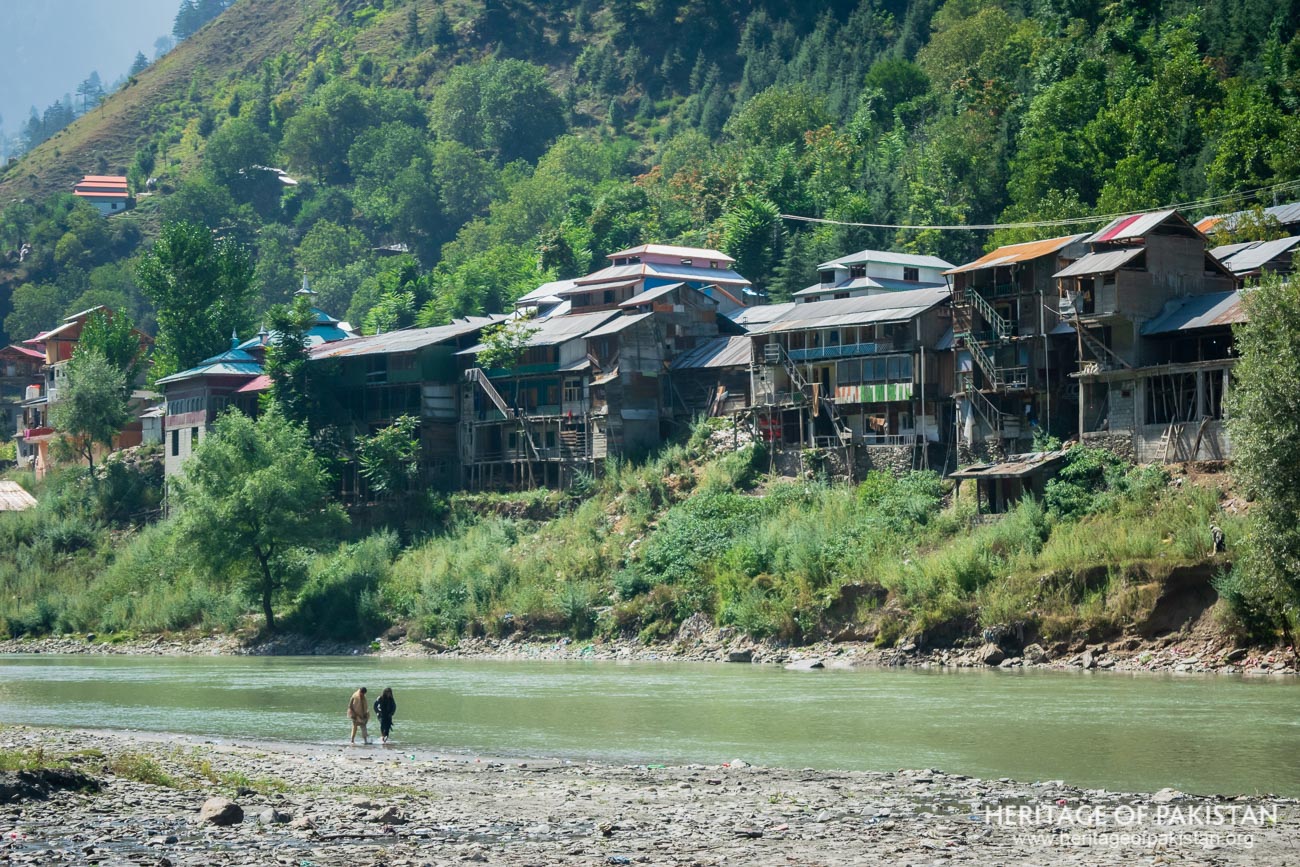
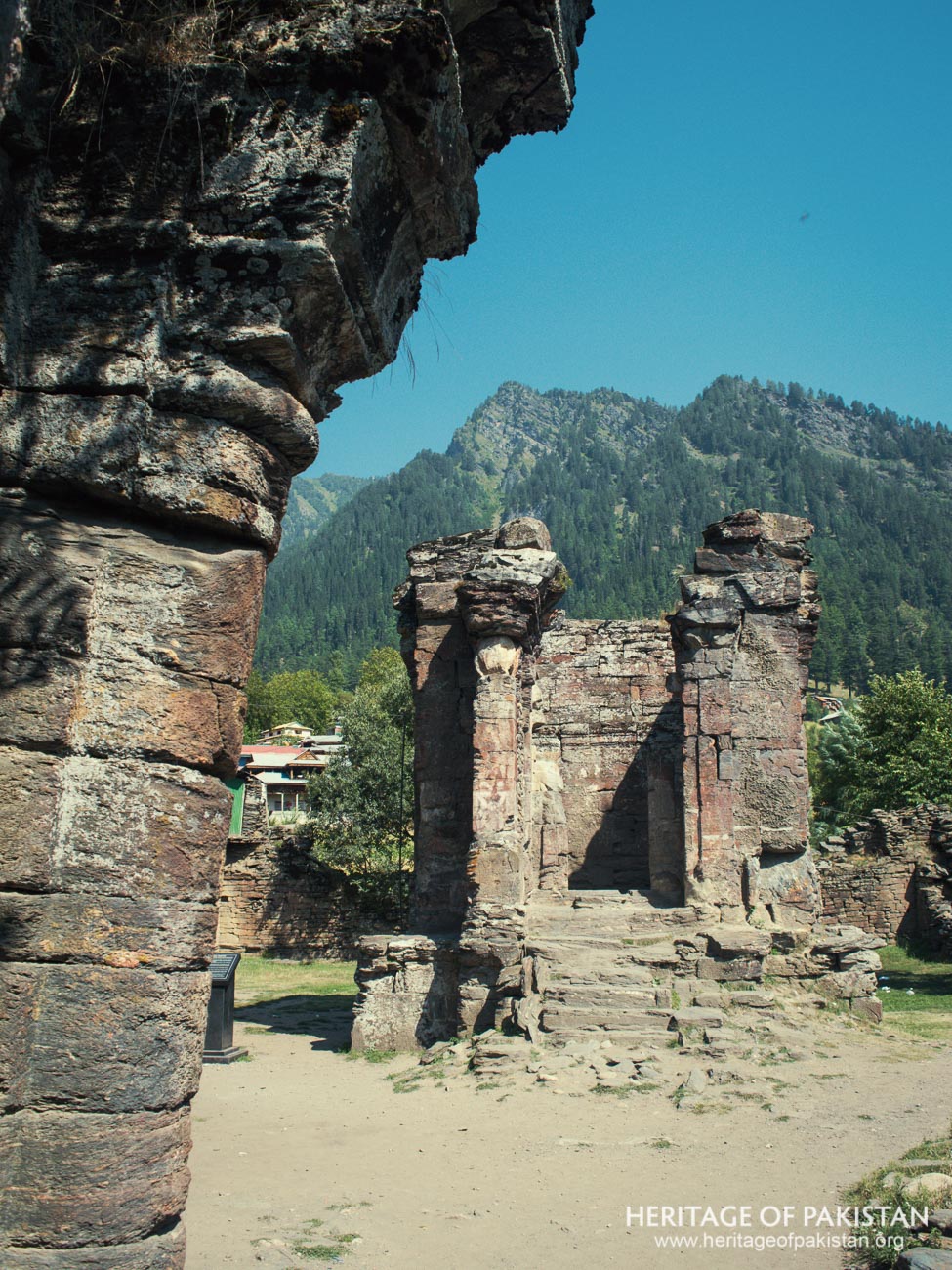
The Sharda Peeth Temple is believed to have been constructed in the 8th century CE during the Hindu period. It remains a remarkable example of Hindu temple architecture during its zenith in Kashmir region. Built from locally quarried reddish sandstone, the temple shares architectural similarities with other Hindu temples of the larger Kashmir region, such as the Temple at Martand and the sacred Amarnath Cave, forming part of the three famous Tirthas of Kashmir. For centuries, it has been revered as one of the holiest sites for Kashmiri Pandits, deeply embedded in their spiritual traditions.
Accessible through 63 wide stone steps leading up from Sharda’s main bazaar, the temple occupies a prominent position on top of a hill. Each step, roughly 8 feet wide, reflects the grandeur of its design. The Temple at Sharda had importance as both a place of worship and a center of learning. The broader period of 6th to 13th centuries CE marked a significant development in Hindu temple architecture in Kashmir, with the Sharda Peeth Temple emerging as one of the finest representations of this cultural and artistic heritage.
Historically, Sharda Peeth functioned as a revered university and an intellectual hub. It played a crucial role in the development of the Sharda script, which was named after the temple and became a prominent script in Northern India. While some historical accounts also suggest that Sharda served as a Buddhist university at one point, its architectural features and cultural legacy align more closely with Hindu traditions, reflecting the design of other Kashmiri Hindu temples.
The Sharda Peeth Temple one of the two Shakti Peeth's of Pakistan, remains one of the most important Hindu temples in Pakistan.
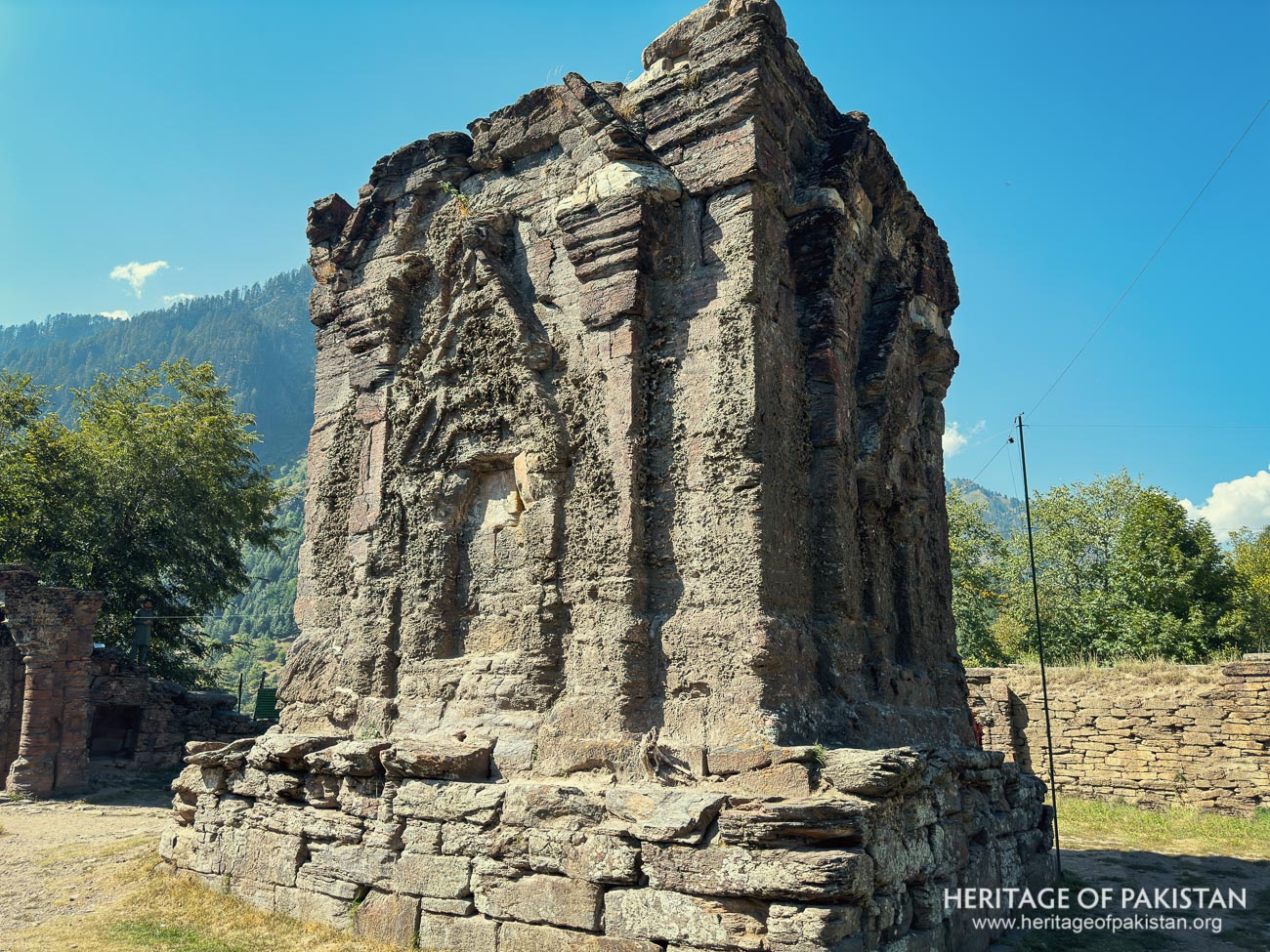
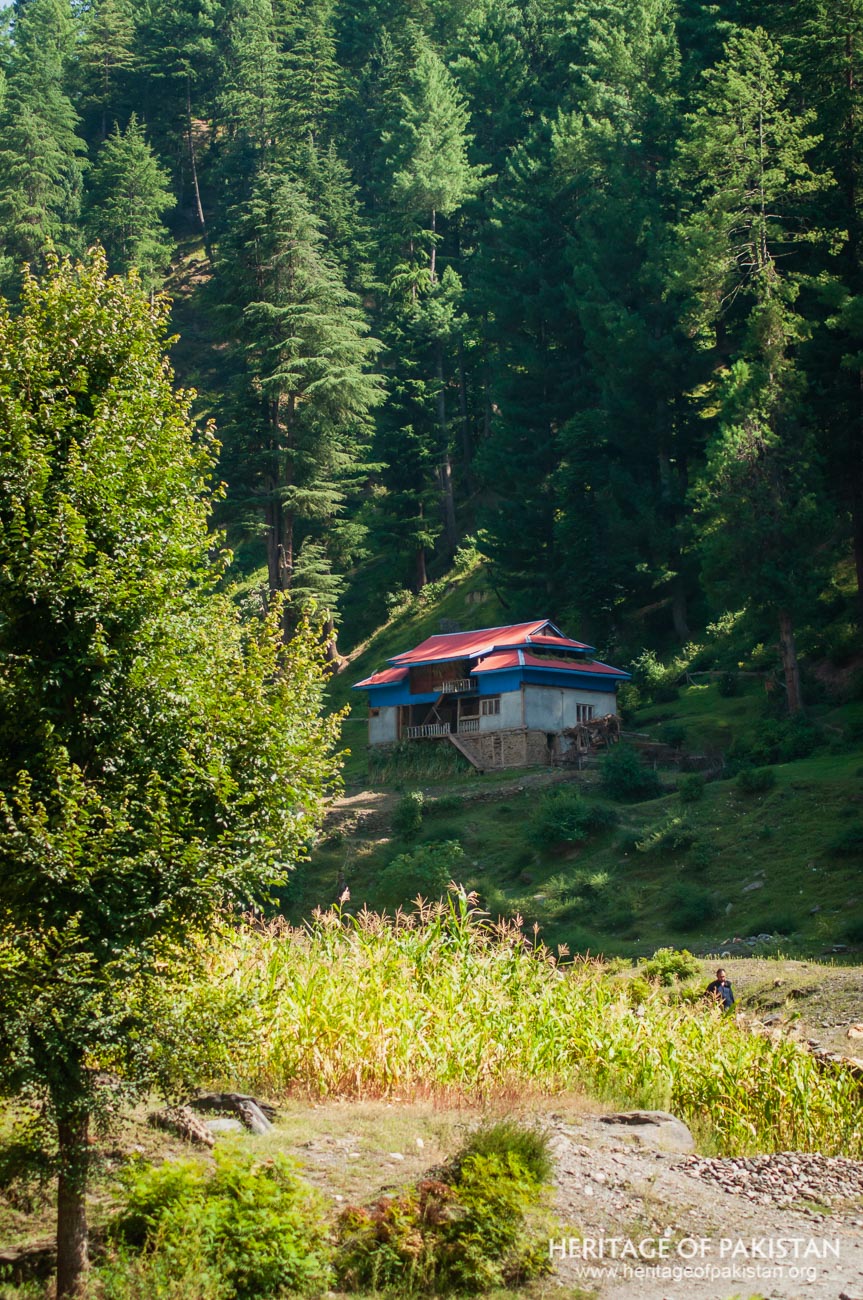
Neelum Valley is situated in the Western Himalayan region, and is known for its breathtaking landscapes. Sharda is a prominent town in the valley, and is located 37 kilometers from Keran at an elevation of 1,856 meters (6,092 feet) above sea level. The region experiences moderate summers, while winters are marked by extreme cold and snowfall. It is only advisable to travel in this region during summers, as snowfall and landslides can block access to various regions.
The Sharda region is enveloped by dense alpine forests, boasting a rich variety of flora and fauna. Agriculture plays a significant role in the lives of the local population, with corn being the primary crop cultivated in the valley. The Neelum River, which flows gracefully through the area, serves as a vital resource for the local economy, supporting both agriculture and tourism.
In recent years, the rise in tourism has led to the establishment of several lodges and rest houses, many of which are situated along the riverbank of Neelum. These accommodations offer visitors stunning views of the Neelum River, enhancing their experience of the valley’s natural beauty. Additionally, tourists can enjoy activities such as boating on the river, adding to the charm of their visit.
However, the increasing influx of tourists has begun to exert considerable pressure on the local environment. This calls for the urgent adoption of sustainable tourism practices to preserve the region’s ecological balance while continuing to promote its cultural and natural appeal.
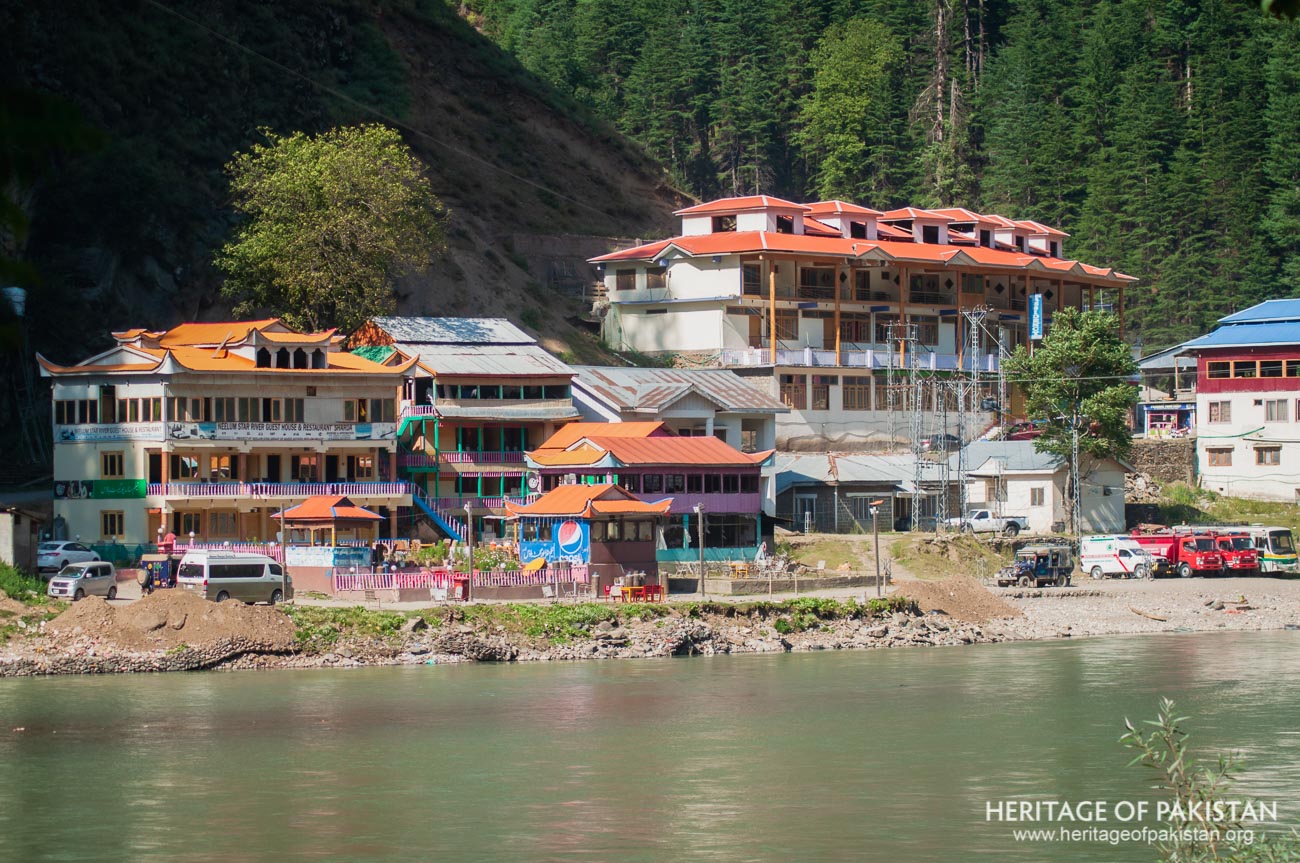


All Photographs by Syed Noor Hussain and Sania Azhar.
All Rights Reserved. Photos may be used for Non-Commercial, Educational, Artistic, Research, Non-Profit & Academic purposes.
Commercial uses require licensing agreement.


Add a review